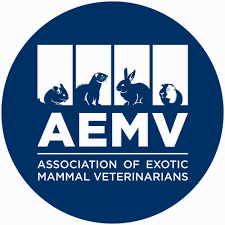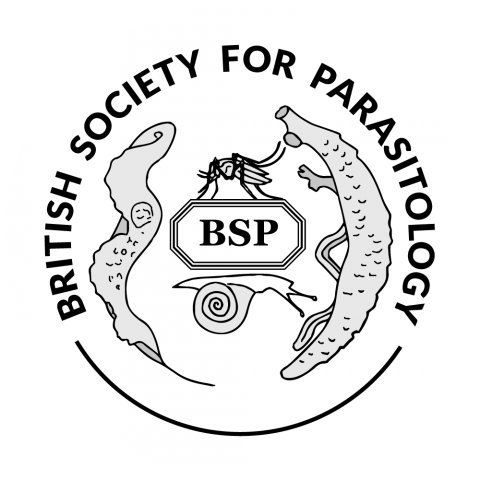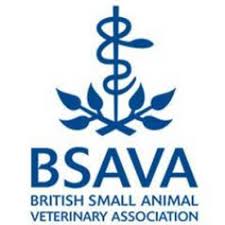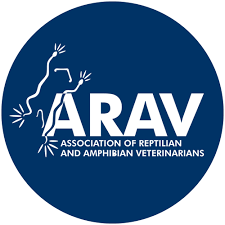Roundworms
Toxocara canisToxocara catiToxascaris leoninaCapillaria
Since some dog parasites can also potentially cause infection in humans, veterinarians have an additional responsibility for human health. A particular zoonotic risk comes from the widely present Toxocara spp.
roundworms: after oral ingestion of infectious eggs, the larvae can perform a somatic migration (larva migrans complex). If larvae become blocked in the human eye, nerve tract and/or brain during migration, serious health problems can occur.
Source: ESCCAP
Tapeworms
Echinococcus granulosusEchinococcus multilocularisDipylidium caninum
After infection with E. multilocularis or E. granulosus, humans develop alveolar or cystic echinococcosis, respectively, with formation of cysts in the liver and/or other organs. Alveolar echinococcosis is a carcinoma-like disease, which without treatment can have fatal consequences. Human infection occurs as a result of oral ingestion of worm eggs. The main source of contamination of the environment is the fox. Infection can also occur by the ingestion of eggs found on a dog’s fur or of eggs that have been excreted in dog faeces.
Protozoans
GiardiaCryptosporidiumToxoplasma gondii
Giardia sp. is spread via the ingestion of contaminated water or food, or by direct contact with infected animals or humans. Toxoplasma
is estimated to infect up to a third of the population at some time in their lives. For most healthy people there are no disease symptoms or mild flu-like symptoms. However, toxoplasmosis can be a serious disease in immunocompromised people.
Giardia (Giardiasis)
There are around 3–4000 cases of giardiasis each year in the UK, although many of these are acquired abroad.
The disease is spread via the ingestion of contaminated water or food, or by direct contact with infected animals or humans. Animals that can be infected include pigs, sheep, horses, dog and cats. Giardiasis can be spread from person to person.
Source:
PREVENTATIVE MEASURES FOR OWNERSEuropean Scientific Council of Companion Animal Parasites (ESCCAP)
- Practicing good personal hygiene, particularly washing hands after handling pets and before eating food.
- Minimising the exposure of children in particular to potentially contaminated environments and teaching them good personal hygiene. Keeping nails short.
- Teaching children the importance of such practices.
- Wearing gloves when gardening.
- Washing raw fruit, vegetables and mushrooms before eating.
- Controlling pet parasite infections through repeated treatments and/or regular diagnostic testing.
- Preventing infection by reducing, where possible, the risk of the pet acquiring infection.
- Cleaning up pet faeces regularly to reduce environmental contamination with infective
parasite stages. Not disposing of faeces or cat litter in recyclable waste or compost.
- Grooming dogs regularly to minimise the risk of coat contamination with worm eggs. n Changing shoes to prevent contamination of domestic areas.
A Note On Raw Diets
This is a very controversial subject and probably always will be!
There is no direct correct answer and there are arguably pros and cons with both feeding raw and kibble.
Fact: Parasite Testing is advised, whatever your pet eats.
The
European Scientific Counsel of Companion Animal Parasites (ESCCAP) advises that "Diets for dogs and cats containing raw meat products, e.g. BARF, are becoming increasingly popular. Feeding fresh, raw meat increases the risk of meat-borne protozoan parasites i.e. Toxoplasma, Neospora, Sarcocystis and less importantly, Cystoisospora. Freezing at -20°C for 7–10 days prior to use can inactivate stages in raw meat and reduce the risk of transmission. Meat should be of the same quality as intended for human consumption."
The World Small Animal Veterinary Association (WSAVA)
released a statement regarding raw feeding which can be downloaded here.






